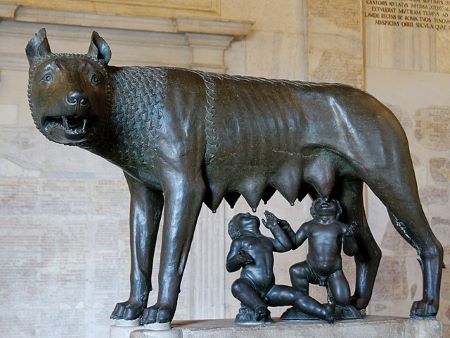Black-eyed beans

They have come a long way, these beans with a black eye. They were domesticated millennia ago in West Africa, according to the latest scientific insights in what is now called Nigeria. The official name in Latin is Vigna Unguicalata. The wild version is a bit smaller than the one we can buy now. In Europe it is a bit of a forgotten bean. In this blog I mainly limit myself to Europe. There is a very American and Caribbean story to add. Someday later. But now Europe, because of this painting.

In the painting 'The Bean Eater' by the Italian Annibale Carracci, which was created at the end of the 16th century, you can see that these beans were a popular dish for the hungry traveler or farmer. Served here with bread, spring onions and bacon. Accompanied by a glass of light red wine from a beautiful jug, such as those made around that time in Montelupo, not far southwest of Florence.
This pretty African bean was first domesticated before 2500 BCE. Two thousand years later it was a popular crop in Africa, the Mediterranean, India and Southeast Asia. With the Portuguese and Spanish colonists, the bean will conquer South, Central and North America and the Caribbean islands. It adapts quite easily to local conditions.
Do we know anything about these beans from (cooking) literature? The most beautiful quote comes from the Babylonian Talmud (500 CE) because it turns out that they are part of the traditional food to be tasted during the Jewish New Year. In Aramaic this bean is called rubiya. This quote from b. Keritot.6a (my translation): 'Abaaye said: 'at the beginning of the year one should eat pumpkin, black-eyed beans, leek, beets and dates'. Rubiya is also translated as fenugreek, but beans make more sense to me.
The domesticated black-eyed bean (also mentioned as cowpea) has already been found in the Egyptian royal tombs (5th dynasty, ca 2500 BCE), they were identified by the German botanist Georg August Schweinfurth. According to the Greek writer and historian Plutarch (first and early second centuries of our era), the priests made a bean offering to the gods in the month of Mesore (our August/September), the priests did not eat any beans at that period.
A prohibition on eating beans also appears in Pliny's Naturalis Historia, but it is not clear which beans are involved. Not even in Vergil's Georgics, which uses the word phaselum, the general word for 'bean', but according to Ken Albala (Beans, page 117 ff., 2007) mainly used for the black-eyed bean, because this was the most common bean crop around the Mediterranean. in that time.

It will remain that way for a long time, just look at the painting by Annibale Carracci. The difficult thing in terms of naming is that the phaselum or even phaseolum will also be happily used for American imported beans. This makes it difficult to interpret the literature, especially because the growth habit is similar: long climbing beans with green leaves and long pods in which the beans grow.

In Europe, a silent switch from black-eyed beans to American beans (Phaseolus vulgaris) seems difficult to date. They must have co-existed for a long time, with the black-eyed one getting lost in time.
So I'm diving into the tenth century, the cookbook by Ibn Sayyar al-Warraq, which was edited by Nawal Nasrallah, I have an edition from 2010. The beans in question are known as lubya. They are described as having an 'eye' (ayn) in a 12th century document by the botanist Ibn al-Baytar. (NB The word lubya and the Aramaic rubiya mentioned above are not so far apart linguistically and in sound).
There are various recipes for dishes in which the lubya is stewed - as on page 373 (photo) -, but often with an addition indicating that the beans in question are not the black-eyed: black, white, red, soy. More often white or red beans are mentioned than the 'normal' black-eyed bean. Confusing, dating-wise.

So should we ask ourselves whether 'Turkse of Klimbonen’ mentioned in De verstandige Kok and de verstandige Hovenier from the 17th century are about the 'new' imported beans from the Americas or the 'centuries-old' imported beans from Africa? Or all of them? Any thoughts?
The story must needs to continue, as I haven’t found the answer to my questions.
Want to get growing and cooking them yourself? https://www.vreeken.nl/040350-zwartoogboontjes-italia-dell-occhio-black-eyed-pea And Ken Albala, Beans, a history, p. 119.
Sources:
Ken Albala, Beans, a History, 2007
Nawal Nasrallah, Annals of the Caliphs' Kitchens. Ibn Sayyar al-Warraq's 10th century Baghdadi Cookbook, 2010


